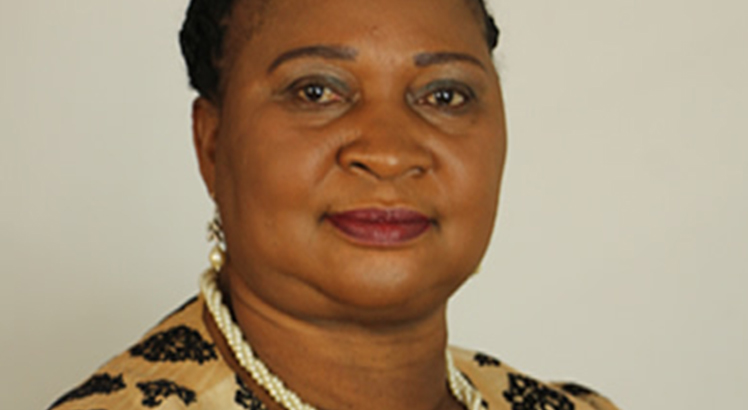Study exposes Mzimba on youth-friendly services
A study commissioned by Plan International Malawi in Mzimba has established that health facilities in the district are not youth-friendly.
Disseminating the findings at Mzimba Boma on Tuesday, Centre for Health, Agriculture, Development Research and Consulting (Chad) chief executive Bagrey Ngwira said the study found that facilities sampled performed poorly on five dimensions used to evaluate the quality of health services for young people as defined by World Health Organisation (WHO).

The dimensions are equitable, accessible, acceptable, appropriate and effective.
He said: “The low aggregate scores on quality of services by the facilities need to be addressed as a matter of urgency.
“This will need the provision of specific elements of WHO defined dimensions, including policy guidelines and capacity building of health providers.”
Ngwira said they also established that knowledge among young people aged between 10 and 24 on sexual and reproductive health rights (SRHR) is low.
Plan Malawi Mzuzu programme area manager Chakufwa Munthali said the study was commissioned for them to understand challenges the youth face in accessing SRHR.
He said the institution needed empirical evidence to inform a project that seeks to improve youth-friendly health services.
He said: “Culturally, parents are not free to provide sexual and reproductive health counsel to their children. The perception is that family planning (FP) services are for married people.
“Girls demanding the services are perceived as promiscuous. Such things lead to teen and unwanted pregnancies.”
Mzimba District Hospital assistant rehabilitation officer Isaac Chidothi said in the last quarter of 2019, 12 8 976 (44 percent) youths aged between 10 and 24 accessed youth-friendly health services.
He said 14 775 (29 percent) of them used FP modern methods.
Chidothi said the district registered 554 (2.3 percent) new cases of HIV among young people.





